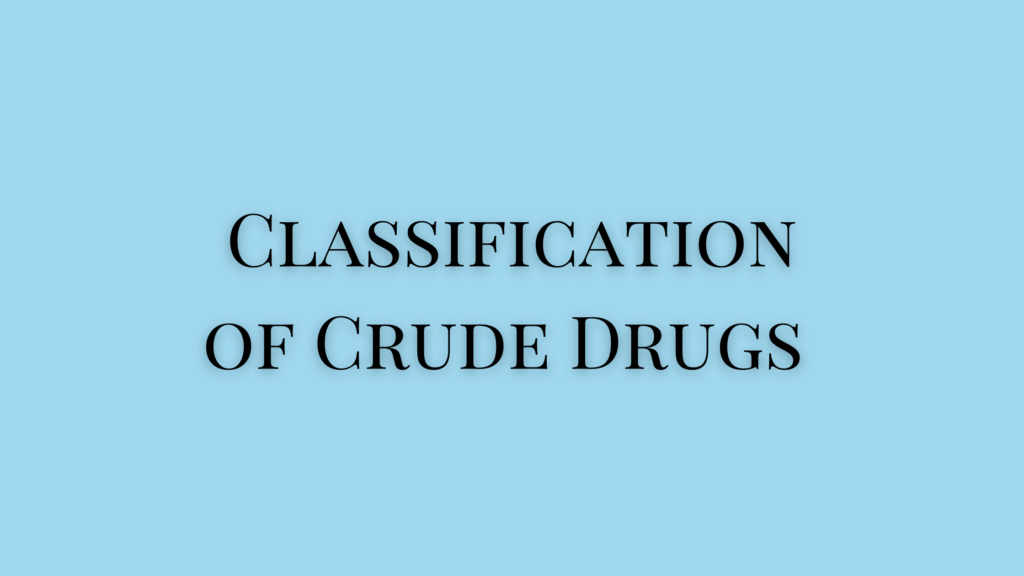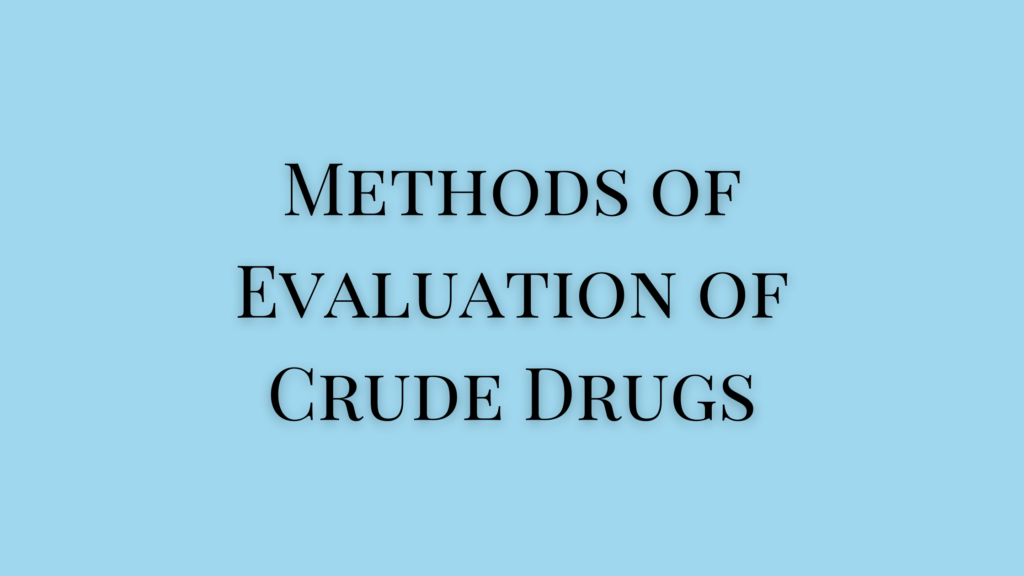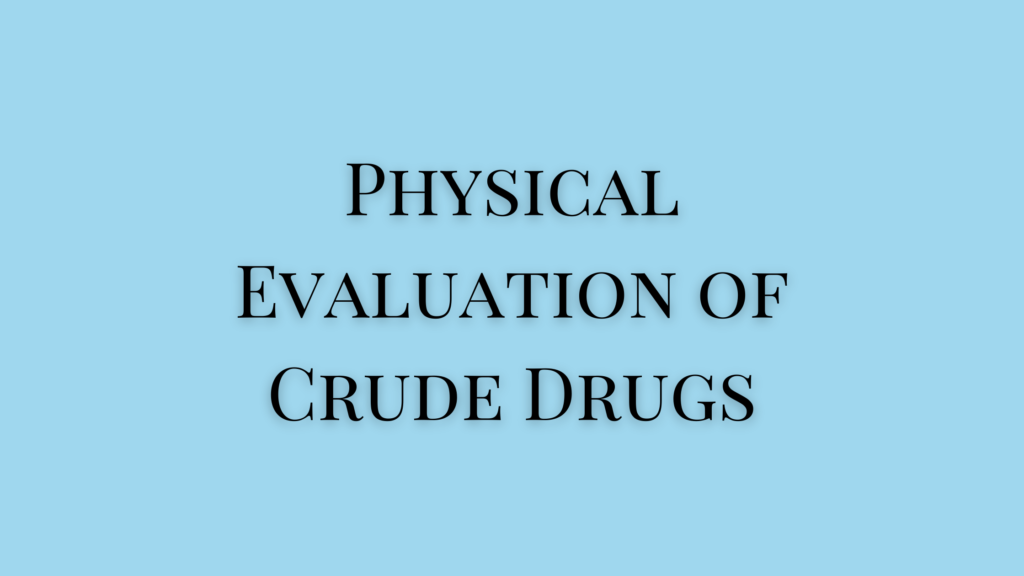Soxhlet extraction process is an atmospheric liquid extraction that uses solvents at low pressure and boiling temperature to selectively extract target compounds. This method is used for the extraction of bioactive compounds such as fatty acids, sterols, and lipids. Franz Ritter Von Soxhlet, a German chemist recommended this technique for the abstraction of lipids.
The soxhlet extraction process is a continuous extraction method where the same solvent is circulated several times. Here, the extraction is followed by solvent evaporation and subsequent condensation. The condensed liquid is returned to the extraction process.
Soxhlet Extractor Components
- Soxhlet Extractor Apparatus: This is a round bottom flask connected to the sample loader, siphon system, and condenser.
- Siphon Mechanism: The siphon helps with the continuous circulation of the solvent.
- Sample Holder: It is a transparent glass holder or a cellulose thimble that holds the sample for extraction.
- Condenser: The Allihn condenser connected to chilled water cools down the solvent and condenses it for recirculation.
- Heating Mantle: It heats the solvent arising from the condenser to its boiling point.
The Soxhlet Extraction Process
- The crude drug is loaded directly using a muslin cloth or filter paper.
- The solvent is added from the top and it enters the extraction chamber.
- Once the solvent level reaches the siphon bend, it will flow through the siphon tube into the flask The heated flask boils the solvent and its vapors go to the condenser.
- The condensed droplets will fall on the crude drug material in the extraction chamber.
- As the the extraction chamber gets filled with solvent it stays in contact with the drug material. Once again it flows into the flask as it reaches the siphon bend and the process continues.
- The continuous flow and fresh solvent flowing into the extraction chamber prevents saturation of the solvent.
- Later, the crude drug is filtered out of the solvent using distillation.
The entire process takes anywhere between 6 to 24 hours depending on the sample, target compound, and solvent. Sometimes it may even take several days.
Applications of Soxhlet Extraction
- It is highly effective in the extraction of bioactive compounds from plants and plant parts for the pharmaceutical and food industries.
- It helps extract environmental pollutants such as pesticides from samples.
- In the food and beverage industry, it helps determine fat content in samples for nutritional assessment.
- This method is useful in the polymer industry in characterizing polymers from compounds and additives.
Disadvantages of Soxhlet Extraction
- The major drawback of this is that it is restricted to boiling solvents or azeotropes.
- It is a time-consuming process.
- This type of extraction uses a significant amount of solvent and can be highly expensive.
- Since the solvent needs to be at boiling temperature, the process requires high temperature constantly which can degrade the target compound.
- Soxhlet extraction is not suitable for all types of compounds.
References
- Saini, R. K., & Keum, Y. (2018). Carotenoid extraction methods: A review of recent developments. Food Chemistry, 240, 90-103. https://doi.org/10.1016/j.foodchem.2017.07.099
- Malik, J., & Mandal, S. C. (2021). Extraction of herbal biomolecules. Herbal Biomolecules in Healthcare Applications, 21-46. https://doi.org/10.1016/B978-0-323-85852-6.00015-9
- https://www.hielscher.com/soxhlet-extraction-setup-and-function.htm
- https://www.epa.gov/sites/default/files/2015-12/documents/3540c.pdf
- Shah, Biren N, Avinash Seth. (2010). Textbook of Pharmacognosy and Phytochemistry. Elsevier.
Additional Reading
- Principles of Supercritical Fluid Extraction
- Enfleurage Method of Extraction of Volatile Oils




